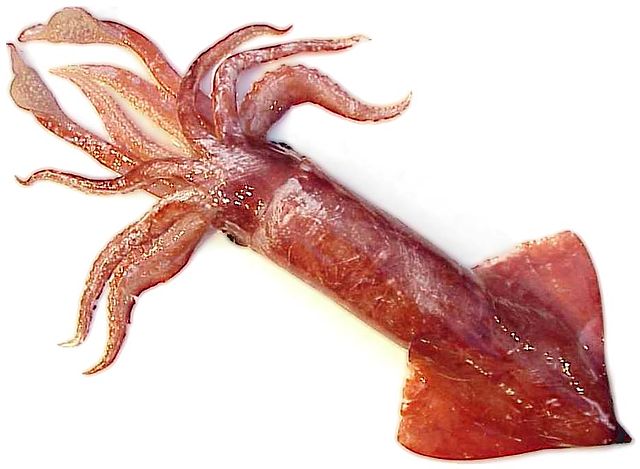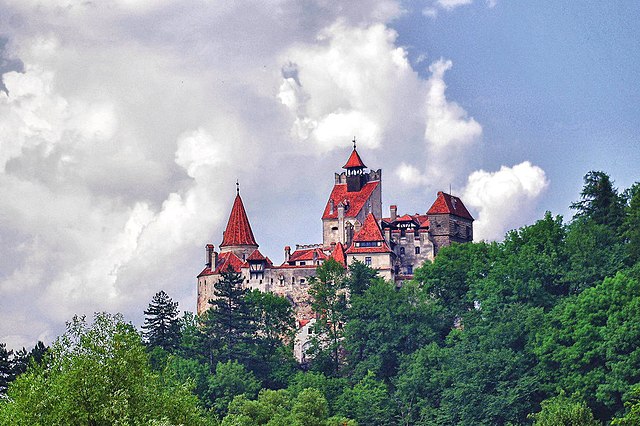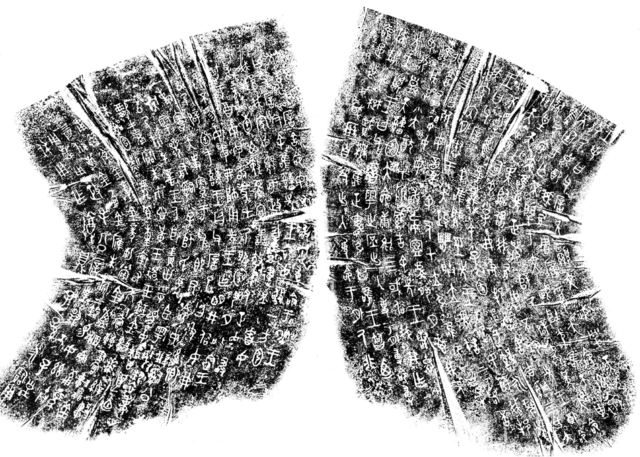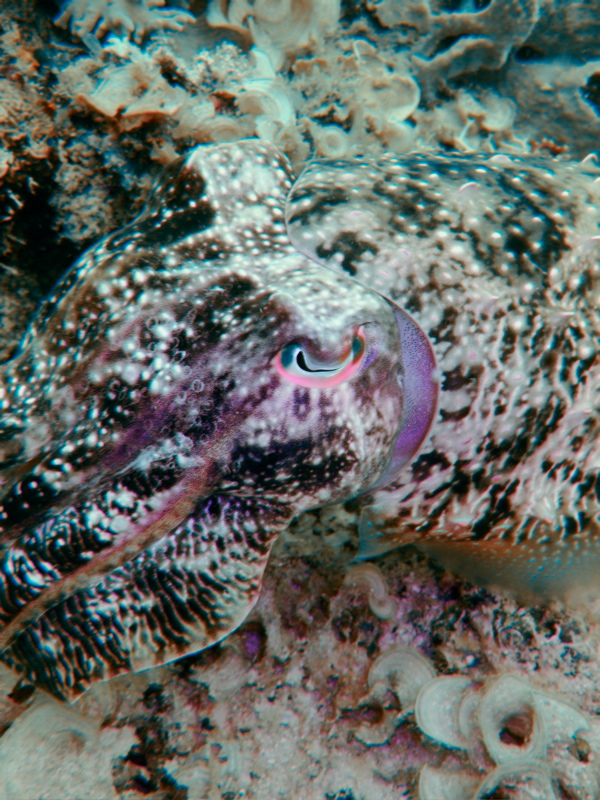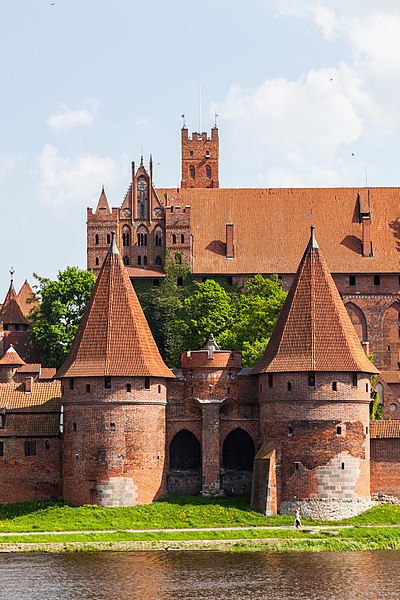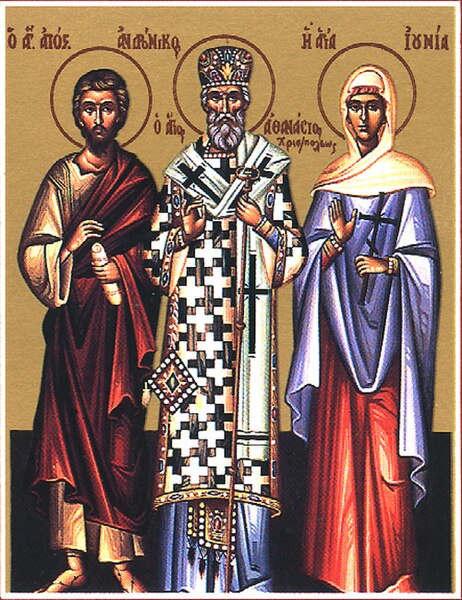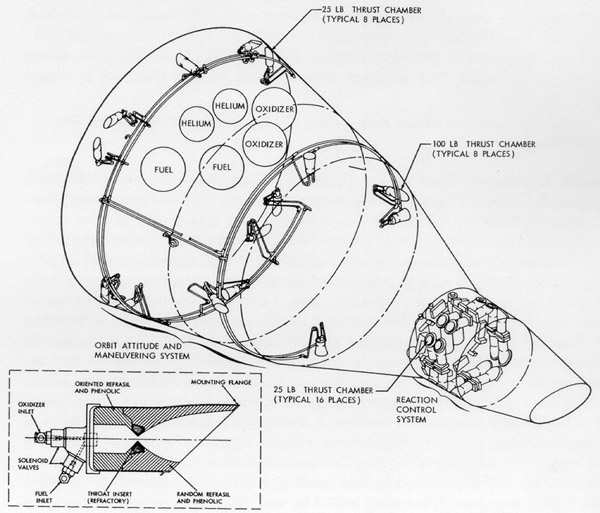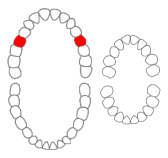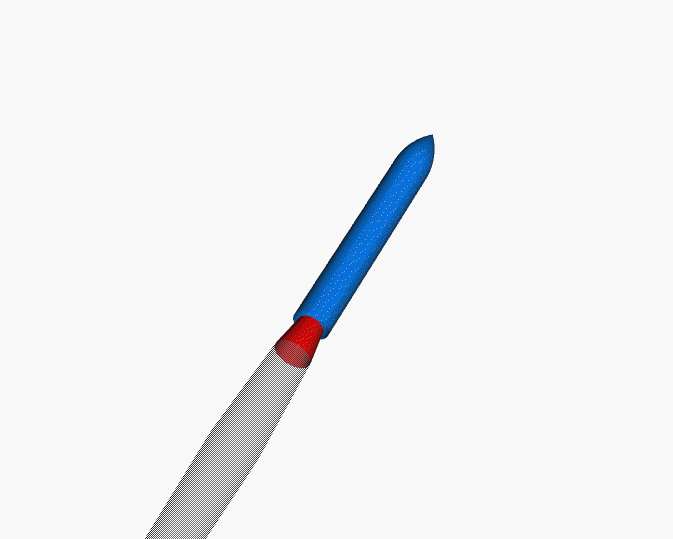We just learned about the Altimeter.
Another part of rocket science is the Accelerometer.
This is something in the rocket that tells the rocket how fast it is accelerating.
This isn't the same as it's speed, which is just how fast it is going.
Acceleration is the difference in speed over time.
So think about it like if you are walking, and then you are jogging, and then you are running as fast as you can.
When you switch from walking to jogging, there is a difference in speed, and it however long it takes you to get from walking speed to jogging speed is the acceleration.
Gravity is another way to think about acceleration.
If a rock is dropped off of a tall building, it starts falling slowly, but then gets faster and faster, and by the time it hits the ground could be going fast enough to really hurt if it crashed into something.
The difference in how fast it is falling every second is the acceleration.
That is what the accelerometer measures, so that the rocket knows how much faster it is getting every second.


(from: wikipedia - accelerometer)
Kid Facts - Blast from the past: Plasma Cutting

